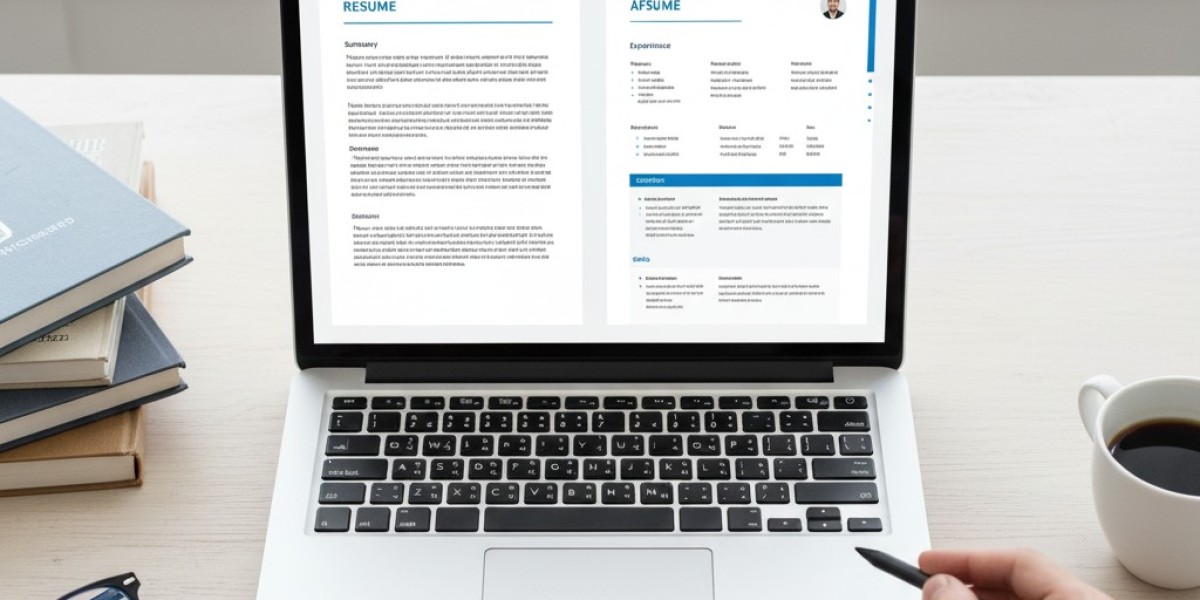Building an effective resume involves more than simply documenting your employment history. Strategic presentation and thoughtful organization transform your qualifications into compelling narratives that capture hiring manager attention.
Understanding what makes resumes successful helps job seekers navigate competitive markets and secure valuable interview opportunities.
The Power of Strategic Document Design
Your resume functions as a personal marketing document in today's competitive employment landscape. Recruitment professionals make rapid initial assessments, often spending fewer than ten seconds reviewing each application during preliminary screenings. Professional CV formatting ensures your strengths are clearly highlighted, helping you stand out and make a strong first impression.
This brief evaluation period means your document must immediately communicate relevant qualifications through clear, scannable formatting. Poor organization or cluttered presentations frequently result in automatic rejection regardless of actual qualifications.
Professional document structure suggests attention to detail and workplace competence. Conversely, disorganized presentations may raise concerns about work quality and professional standards.
Essential Document Architecture
Successful resumes incorporate specific sections arranged logically to guide readers through your professional narrative effectively.
Contact Information Standards Header sections should include complete names, phone numbers, professional email addresses, and current city/state locations. LinkedIn profile URLs add value when profiles remain current and professionally maintained.
Avoid including complete street addresses, as this information isn't required for initial screening purposes. Keep formatting clean and straightforward, with names as the most prominent header elements.
Professional Summary Excellence Craft compelling two-to-three sentence summaries that immediately communicate your unique value proposition. These sections appear directly below contact information and establish the tone for your entire document.
Focus on most relevant experience, significant achievements, and distinctive skills that differentiate you from other candidates. Avoid generic statements that could describe any professional in your field.
Customize summaries to match specific position requirements. Different roles may require emphasizing various aspects of your background and expertise.
Critical Formatting Mistakes to Avoid
Many qualified candidates unknowingly undermine their applications through preventable presentation errors that suggest unprofessionalism.
Typography and Visual Design Consistent font selections create polished, professional appearances. Choose single readable fonts and maintain them throughout entire documents. Professional options include Arial, Calibri, Times New Roman, and Georgia, which display effectively both on screens and in print.
Use appropriate sizing - typically 11-12 points for body text with slightly larger headers. Avoid decorative fonts or excessive bold and italic formatting that distracts from content.
Layout and Spacing Standards Proper spacing creates visual clarity that enhances readability. Maintain consistent margins between 0.5 and 1 inch on all sides with uniform spacing between sections and bullet points.
Left alignment works best for most resume content, while center alignment can work for headers but makes body text harder to scan quickly.
Digital Age Requirements
Modern hiring processes involve digital applications and automated screening systems requiring specific formatting considerations.
Applicant Tracking System Compatibility Many organizations use ATS software for initial application screening. Your document must function properly with these systems to avoid automatic rejection before human review.
Use standard section headings like "Work Experience," "Education," and "Skills" rather than creative alternatives that might confuse automated scanning. Incorporate relevant keywords from job postings naturally throughout your content without keyword stuffing.
File Management Best Practices Save documents as PDFs to preserve formatting across different devices and software platforms. Use professional naming conventions like "FirstName_LastName_Resume.pdf" for easy identification and organization.
Test your document by emailing it to yourself and viewing on different devices to ensure formatting appears correctly and text remains readable across platforms.
Strategic Content Organization
Employment History Structure List work experience in reverse chronological order beginning with your most recent position. Include company names, job titles, employment dates, and 3-5 bullet points highlighting key accomplishments.
Begin bullet points with action verbs and focus on specific achievements rather than general job duties. Quantify results using numbers, percentages, or dollar amounts whenever possible.
Education and Skills Presentation Include highest degrees, institution names, graduation years, and relevant academic achievements. Recent graduates may include GPAs if 3.5 or higher.
Create dedicated skills sections combining technical and soft skills relevant to your target industry. Group similar skills together for easy scanning while maintaining ATS compatibility.
Industry-Specific Considerations
Different sectors have varying expectations for resume presentation and content emphasis.
Traditional corporate environments typically prefer conservative formatting with minimal creative elements, emphasizing quantifiable achievements and career progression. Creative fields can incorporate more visual elements while maintaining functionality and ATS compatibility.
Technology sectors often require prominent placement of technical skills, certifications, and project experience with links to portfolios or project demonstrations when relevant.
Professional Service Considerations
Professional resume assistance becomes valuable when changing careers, returning to work after breaks, or applying for senior positions where competition intensifies.
Certified writers understand current market trends, industry expectations, and ATS requirements. They present experience in compelling ways that maximize interview potential.
Consider professional services if you're not receiving interview responses despite relevant qualifications, or when uncertain about presenting career transitions or employment gaps.
Quality Assurance and Review
Before submission, conduct thorough quality checks ensuring accuracy and professionalism. Review spelling, grammar, and formatting consistency while verifying current contact information and appropriate email addresses.
Request feedback from trusted colleagues or mentors, as fresh perspectives often identify improvement opportunities you might overlook.
Frequently Asked Questions
What length should my resume be? Entry-level professionals should typically use one page, while experienced candidates may need two pages. Never exceed two pages unless in academia with extensive publications and research credentials.
Which file format works best for resume submissions? PDF format preserves formatting across different devices and platforms, ensuring consistent presentation regardless of recipient computer setups.
How often should I update my resume? Update your resume regularly, even when not actively job searching, to ensure you don't forget important achievements and keep information current.
Should I customize my resume for each application? Yes, customize resumes for each application by emphasizing the most relevant qualifications for specific positions. Targeted resumes typically perform better than generic versions.
Can creative professionals use more visual elements? Marketing and design professionals can incorporate visual elements while maintaining professionalism and readability, but functionality should never be sacrificed for creativity.
Maximizing Document Impact
Effective resume creation requires ongoing attention as careers advance and opportunities change. Regular updates ensure documents remain current and accurately reflect professional growth.
Strategic presentation, clear organization, and compelling content create powerful tools for career advancement. Well-crafted resumes open doors to opportunities and help differentiate candidates in competitive markets.
Whether creating documents independently or seeking professional assistance, focus on clarity, consistency, and relevance to target positions for maximum interview success.






